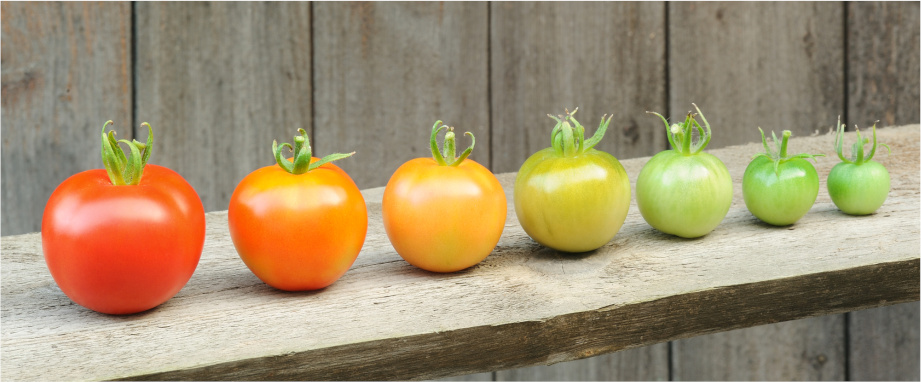Definition
According to the PLC (Product Life Cycle) concept, each product goes through certain stages of its market life. The growth stage happens once the product is developed and introduced to the market. Sometimes, growth is very quick, especially when the product is highly anticipated and relieves some acute pain point. During the growth stage, demand increases. Sales rise dramatically. Profitability starts to rise, competition, however, also increases.
Challenges during the growth stage
Changing the marketing approach
During product introduction, marketing benefits from the hype surrounding the launch of an innovative product. During the growth stage, however, marketers must find a new more efficient approach to promoting the product.
Positioning against the competitors
There is initially no competition when a new product enters the market. But as the innovative company promotes the product and explains its benefits to the audience, other companies follow them and come up with similar products. Very often the new products are better adapted to user needs and improved with the benefit of feedback from users of the initial product. The prices may also be lower.
During the growth stage, the original brand no longer has to introduce the product but must persuade customers that their brand is superior.
Marketing Implications
The growth stage of the product life cycle is key to the establishment of the brand’s position and to gaining significant market share. The efficient product life cycle management is very important during this stage. It is, therefore, essential to find the optimal strategy in the 4p’s of the product marketing mix.
Product strategy
Improvements are made to the basic product features in response to feedback gathered at the introduction stage. New features or related services are added. The quality of the product should improve. Good customer service is established. The company starts to develop variants of the basic products.
Pricing strategy
At this stage, the price is frequently lowered to keep the sales growing at maximum speed. Typically, manufacturing becomes more profitable as increased volumes lead to economies of scale. To this end, prices must stay low enough to attract more customers and establish a decent market share. Price concurrency is still not high, so the company with a product at the growth stage must take care not to reduce the prices too much.
Promotional strategy
The main goal is to establish a brand image that stands out from the growing competition. Campaigns should aim at emphasizing brand strengths and showing the benefits of the brand compared to the competition.
Distribution strategy (Promotion)
At this stage, demand grows, so it’s important to increase the number of distribution channels. The brand has to establish long-term relationships with as many wholesalers, retailers, e-commerce platforms as possible.
In the growth stage, a product becomes profitable. It’s essential to gain market share and grow the number of distribution channels to achieve high revenues at this, and the next stage, of the product life cycle. It is also essential to maintain the high product quality and increase brand awareness.



